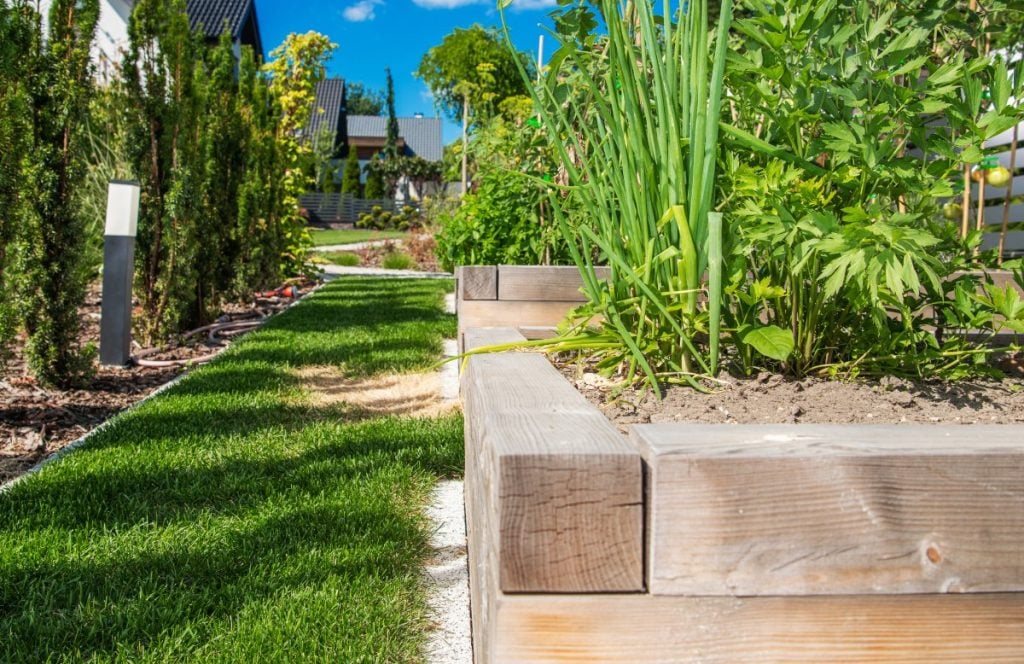Embarking on a journey to create a seed saving 15 acre homestead is a rewarding and fulfilling endeavor. With the growing interest in sustainable living and self-sufficiency, more people are exploring ways to cultivate their own food sources. A comprehensive approach to seed saving can help homesteaders maintain a diverse and resilient garden year after year.

Understanding the Basics of Seed Saving
Seed saving is the practice of collecting seeds from mature plants to be used for future planting. This method not only ensures a continuous supply of crops but also helps preserve unique plant varieties. On a 15 acre homestead, seed saving can be a crucial component of a sustainable gardening plan.
Why Choose Seed Saving?
Seed saving offers several benefits, including cost savings, preservation of heirloom varieties, and the ability to adapt plants to local growing conditions. By selecting seeds from the healthiest and most productive plants, homesteaders can gradually improve the resilience and yield of their crops.
Getting Started with Seed Saving on Your Homestead
To begin seed saving, it’s important to understand the different types of seeds available. Open-pollinated seeds, which are naturally pollinated by wind, insects, or birds, are ideal for seed saving. These seeds will produce plants that are genetically similar to the parent plant.
Planning Your Garden Layout
Before starting a seed saving program, it’s essential to plan your garden layout carefully. Consider factors such as sunlight, soil quality, and water availability. For ideas on how to design your homestead, visit this homestead farm design guide.
Choosing the Right Plants for Seed Saving
Not all plants are suitable for seed saving. Focus on selecting open-pollinated varieties that are well-suited to your local climate. Some popular choices for seed saving include tomatoes, beans, peas, and lettuce.
Steps to Successfully Save Seeds
Once you’ve chosen the right plants, follow these steps to ensure successful seed saving:
1. Identify the Best Plants
Choose the healthiest and most productive plants in your garden for seed saving. Look for plants with strong growth, resistance to pests, and high yields.
2. Allow Seeds to Mature
Allow the seeds to fully mature on the plant before harvesting. This ensures that the seeds are viable and will produce healthy plants in the future.
3. Harvest and Clean the Seeds
Once the seeds are mature, carefully harvest them and remove any debris. Cleaning the seeds helps prevent disease and ensures better germination rates.
4. Store Seeds Properly
Store the cleaned seeds in a cool, dry place to preserve their viability. Use airtight containers to protect the seeds from moisture and pests.
Integrating Seed Saving with Other Homesteading Practices
Seed saving is just one aspect of a successful homesteading plan. Consider integrating other practices, such as mushroom growing and fermentation projects, to enhance the sustainability of your homestead.
Common Challenges and Solutions in Seed Saving
Seed saving can present some challenges, such as cross-pollination and disease. To prevent cross-pollination, separate different plant varieties by distance or use physical barriers. To avoid disease, practice crop rotation and maintain good garden hygiene.
The Future of Seed Saving on Your Homestead
As you become more experienced with seed saving, you’ll develop a deeper understanding of your plants and their needs. This knowledge will allow you to refine your seed saving techniques and improve the overall productivity of your homestead.
FAQs
1. What is the best way to store saved seeds?
Store seeds in airtight containers in a cool, dark, and dry place to maintain their viability.
2. How can I prevent cross-pollination in my garden?
To prevent cross-pollination, separate different plant varieties by at least 10 feet, or use physical barriers such as row covers.
3. How long can I store saved seeds?
Most seeds can be stored for 1 to 5 years, depending on the plant variety and storage conditions.

Conclusion
Creating a seed saving 15 acre homestead is a rewarding journey that provides numerous benefits. By following these guidelines and integrating other sustainable practices, you can cultivate a thriving and self-sufficient garden. For more ideas on enhancing your homestead, explore these pantry shelving ideas and perennial vegetables for your homestead.




